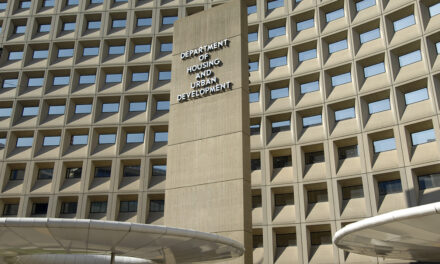Amazon will pay more than $61.7 million to settle Federal Trade Commission charges that it failed to pay Amazon Flex drivers the full amount of tips they received from Amazon customers over a two and a half year period.
The FTC’s complaint alleges that the company stopped its behavior only after becoming aware of the FTC’s investigation in 2019.
The $61.7 million represents the full amount that Amazon allegedly withheld from drivers and will be used by the FTC to compensate drivers.
According to the FTC’s administrative complaint against Amazon and its subsidiary, Amazon Logistics, the company regularly advertised that drivers participating in the Flex program would be paid $18–25 per hour for their work making deliveries to customers. The ads, along with numerous other documents provided to Flex drivers, also prominently featured statements such as: “You will receive 100% of the tips you earn while delivering with Amazon Flex.”
“Rather than passing along 100 percent of customers’ tips to drivers, as it had promised to do, Amazon used the money itself,” said Daniel Kaufman, Acting Director of the FTC’s Bureau of Consumer Protection. “Our action today returns to drivers the tens of millions of dollars in tips that Amazon misappropriated, and requires Amazon to get drivers’ permission before changing its treatment of tips in the future.”
Amazon Flex is a program in which drivers, classified by Amazon as independent contractors, can agree to make deliveries using their personal vehicles. Flex drivers deliver goods and groceries ordered through the Prime Now and AmazonFresh programs, which allow customers to give the drivers a tip.
The FTC’s complaint alleges that, in addition to telling drivers they would receive 100 percent of their tips, Amazon also assured its customers that 100 percent of any tips they paid would go to the driver.
In late 2016, the FTC alleges, Amazon shifted from paying drivers the promised rate of $18–25 per hour plus the full amount of customer tips to paying drivers a lower hourly rate, a shift that it did not disclose to drivers. Amazon used the customer tips to make up the difference between the new lower hourly rate and the promised rate. This resulted in drivers’ being shorted more than $61.7 million in tips.
The FTC alleges that the company then intentionally failed to notify drivers of the changes to its pay plan and even took steps to make the changes obscure to drivers, with one employee reporting to colleagues that Amazon “did not want to communicate any pricing changes to [drivers], so we are only ‘reacting’ to any questions.” After making the change, the company continued to promise drivers and customers that 100 percent of tips would be passed through to drivers.
Amazon received hundreds of complaints from drivers after enacting the change, as drivers became suspicious when their overall earnings decreased. Drivers who complained received form e-mails falsely claiming that Amazon was continuing to pay drivers 100 percent of tips. Internally, Amazon employees referred to the company’s handling of the change and driver complaints about it as an “Amazon reputation tinderbox” and “a huge PR risk to Amazon.”
According to the FTC’s complaint, Amazon continued using the new pricing model despite complaints from drivers and negative media coverage until August 2019—after the company received notice of the FTC’s investigation. At that time, Amazon returned to a pay model where it pays drivers an identified base amount plus 100 percent of tips and gives the drivers a breakdown of their pay and tips.
Under the terms of the settlement with the FTC, Amazon will be required to pay $61,710,583, which will be used by the FTC to compensate Flex drivers. In addition, Amazon will be prohibited from misrepresenting any driver’s likely income or rate of pay, how much of their tips will be paid to them, as well as whether the amount paid by a customer is a tip.
Amazon also will be prohibited from making any changes to how a driver’s tips are used as compensation without first obtaining the driver’s express informed consent.



